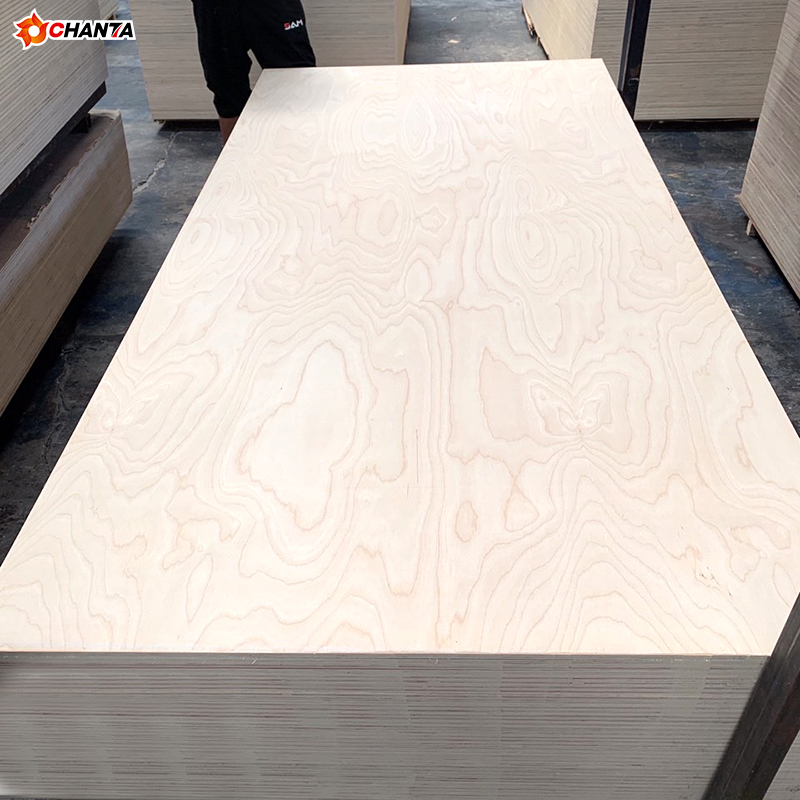MDF BOARD
Medium Density Fiberboard (MDF), It is a board made form wood fibers or other plant fibers as raw materials, prepared by fibers, applied with synthetic resin, and pressed under heating and pressure conditions.
According to their density, they can be divided into high-density fiberboard, medium density fiberboard, and low-density fiberboard. The nominal density range of medium density fiberboard is 650Kg/m ³—— 800Kg/m ³
Due to its uniform structure, fine material, stable performance, impact resistance, and easy processing, density board is widely used in domestic furniture, decoration, musical instruments, and packaging.
Basic classification
According to density, it can be divided into: high-density fiberboard, medium density fiberboard, and low-density fiberboard (medium density fiberboard has a density of 500 kg/cubic meter to 880 kg/cubic meter, and high-density fiberboard has a density of ≥ 800 kg/cubic meter).
The national standard (GB/T 11718-2009) is divided into ordinary medium density fiberboard, furniture medium density fiberboard, and load-bearing medium density fiberboard.
It can be divided into furniture boards, floor substrates, door panel substrates, electronic circuit boards, milling boards, moisture-proof boards, fireproof boards, and line boards according to their uses.
The commonly used format sizes are 1220mm * 2440mm and 1830mm * 2440mm.
The main thicknesses include: 1mm, 2.4mm, 2.7mm, 3mm, 4.5mm, 4.7mm, 6mm, 8mm, 9mm, 12mm, 15mm, 16mm, 18mm, 20mm, 22mm, 25mm, 30mm.
Performance characteristics
The surface of the density board is smooth and flat, the material is fine, the performance is stable, the edges are firm, and the decorative properties of the board surface are good. But the moisture resistance of density board is poor. In contrast, the gripping force of density board is poorer than that of particle board, and if the screws loosen after tightening, it is difficult to fix them in the same position.
Main advantages
- Density board is easy to be coated and processed. Various coatings and paints can be evenly applied to density boards, making it the preferred substrate for paint effects.
- Density board is also a beautiful decorative board.
- Various materials such as wood veneer, printing paper, PVC, adhesive film, melamine impregnated paper, and light metal sheet can be used for surface decoration on density boards.
- Hard density board can be punched, drilled, and can also be made into sound-absorbing boards, which are used in decorative engineering of buildings.
- Excellent physical performance, uniform material, and no dehydration problem.
Main Disadvantages
- The biggest drawback of density board is that it is not moisture-proof and swells when exposed to water. When using density board for baseboards, door frames, and window sills, attention should be paid to painting all six sides to prevent deformation.
- Density board has a high expansion rate and deformation when exposed to water, and its long-term load-bearing deformation is greater than that of homogeneous solid wood particle board.
Although density board has poor moisture resistance, its surface is smooth and flat, the material is fine, the performance is stable, the edges are firm, and it is easy to shape, avoiding problems such as decay and insect damage. In terms of bending strength and impact strength, it is superior to particleboard, and the decorative surface of the board is excellent, which is even better than the appearance of solid wood furniture.
- The gripping force of density board is poor. Due to the very fragmented fibers of density board, the gripping force of density board is much worse than that of solid wood board and particle board.



















